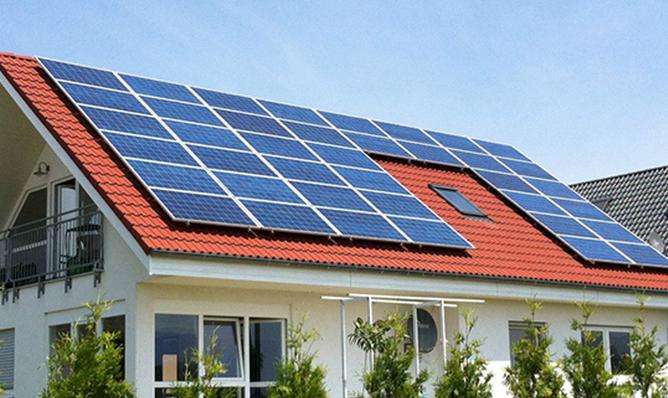Yes, waste thermal energy generation is a technology that converts excess thermal energy into electrical energy during the production process. The production of waste thermal energy not only saves energy, but also benefits environmental protection. The important equipment for the production of waste thermal energy is the waste heat boiler. It uses heat or combustible substances present in waste gases, waste liquids and other working fluids as a heat source to produce steam for electricity generation. Since the temperature of the working fluid is not high, the boiler is large and consumes a lot of metal. The waste heat used for power generation mainly includes: the waste heat of high temperature combustion gases, the waste heat of chemical reactions, the waste heatr residual waste gases and waste liquids, low temperature residual heat (below 200 °C), etc. Additionally, there are also ways to use the excess pressure difference to generate electricity; for example, blast furnace gas has high pressure at the top of the furnace and can be relayed to produce electricity via an expansion turbine generator before being sent to the gas.
The production of residual thermal energy requires one ton of steam. How many tons of water
The brothers above don't know how to deceive others. You are talking about small boilers used by industrial and mining companies.
The extraction type heating unit extracts part of the steam to exchange heat with the industrial water in the heat exchanger, thereby heating the industrial water to achieve residential heating. During the heating season, the unit loadis reduced. Taking a heating unit with a capacity of 300,000 yuan as an example, it can carry a load of more than 200,000 yuan during the heating season. Power plants don't burn more coal in winter, they should instead save coal. The reason is that the temperature of the cold source drops and the efficiency of the unit increases.
Haha, if the parameters are not high, the quality of the added water will not be much better. The waste heat boiler waste water discharge rate can be 5-10%, and the high parameters can only be 2.-3%. So what will happen? One ton of steam requires 1.03 to 1.1 tons of softened water or demineralized water. Preparing softened water or deionized water from raw water depends on the process. Water consumption ranges from 1.05 tons to 1.5 tons. Therefore, the entire system requires an estimated consumption of1.1 to 1.6 tons of water per ton of steam.














